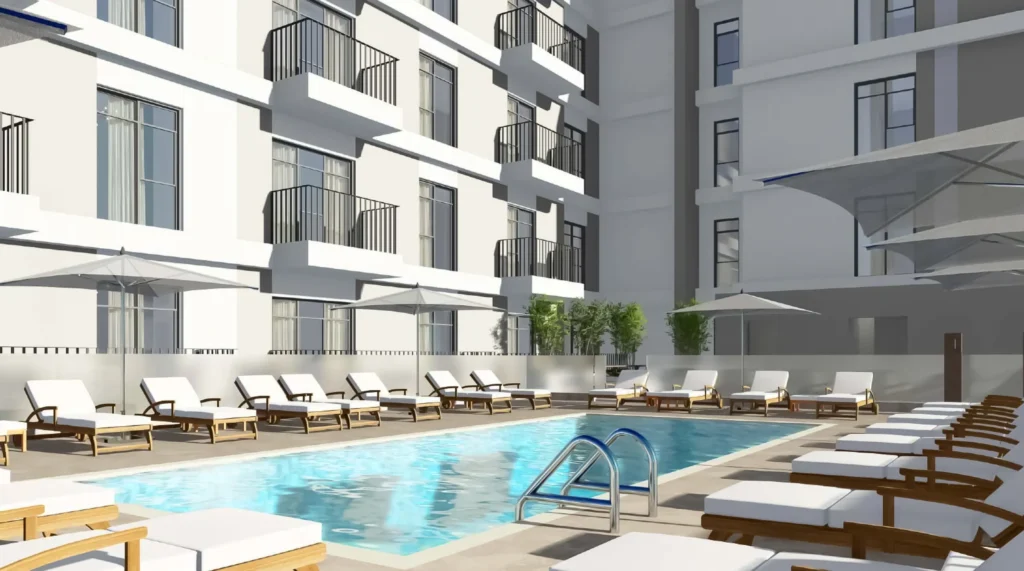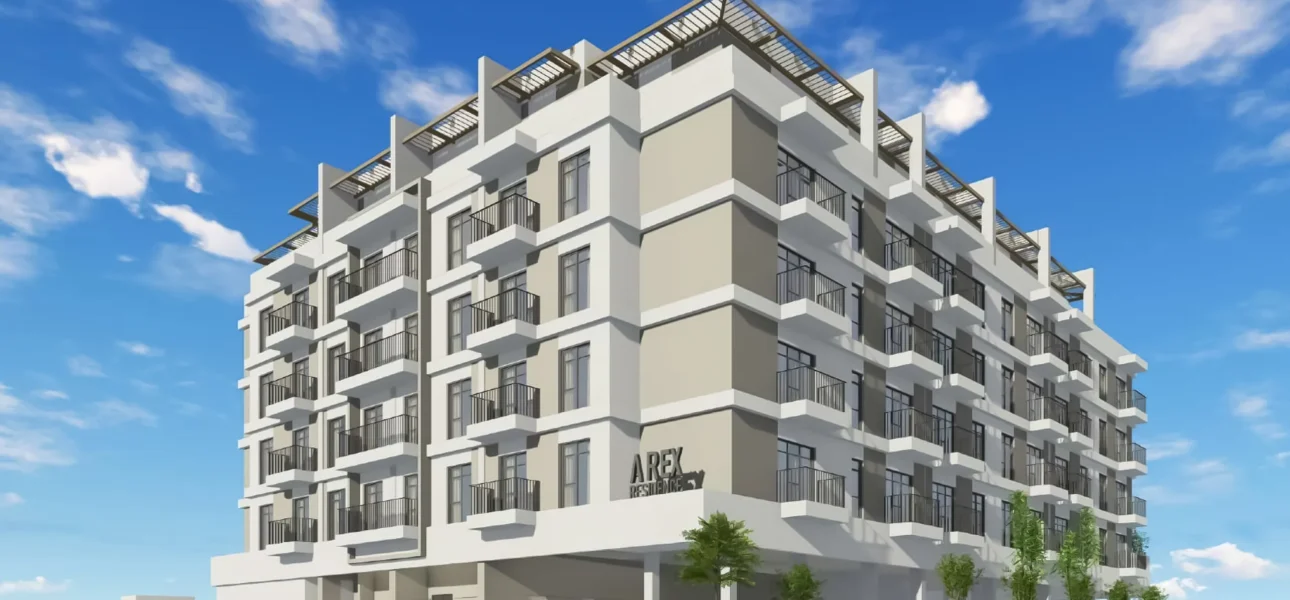Dubai’s skyline changes daily. Cranes dot the horizon, and new towers rise like ambitious dreams. People often wonder what fuels the city’s endless energy in home building. Builders here create communities people crave. A quick aside: remember when Dubai transformed from desert dunes to a metropolis? The shift happened fast, and residential patterns evolve even quickly now.
Builders prioritize eco-friendly materials and designs. Solar panels appear on rooftops everywhere. Water recycling systems become standard in new projects. Developers integrate smart home features, like automated lighting and security. Homes connect seamlessly to apps for control. Jargon alert: LEED certification marks many projects, a stamp for green excellence that casual buyers appreciate for lower bills and planet care.
Population influx drives much activity. Expats arrive in droves, drawn by jobs and lifestyles. Figures show over 3.8 million residents in 2024, with steady increases—demand for villas and apartments spikes. Off-plan sales dominate, where buyers commit early and watch values climb. A mild repetition for emphasis: off-plan sales lead the pack, off-plan sales define the market pulse.
Modular methods gain traction. Factories assemble sections off-site, then transport them for quick setup. The approach speeds projects and cuts waste: drones survey sites, and 3D printing experiments with structures. Tools like Autodesk software plan intricate designs. Casual explanation: imagine Lego blocks on a grand scale, snapped together for efficiency.
Government policies support the surge, and initiatives like the Dubai 2040 Urban Master Plan guide development. Plans expand green spaces and transport links. Golden Visas attract long-term residents, boosting demand. The economy grows at 3.2% GDP, with the transport sector leading. A digression: tourism ties in closely, as visitors often become buyers after experiencing the city’s allure. Hotels and homes merge in mixed-use spots, creating vibrant hubs.
Drivers Fueling Dubai’s Residential Surge?
Economic strength underpins everything. GDP projections hit 6.2% for 2025, with real estate a key player. Foreign investment pours in, with transactions up 23% year-over-year in Q1 2025. High-net-worth individuals seek luxury mansions, some over $100 million. The city’s tax-free status sweetens deals.
Sustainability demands shape choices. Buyers favor energy-efficient homes. Developers respond with net-zero goals aligned to Dubai’s 2050 commitment. EV charging stations pop up in communities. Green certifications draw eco-aware crowds—emotional cue: picture families thriving in spaces kind to the earth, a feel-good factor in purchases.
Infrastructure projects amplify appeal. Airport expansions and metro lines connect neighborhoods. Mega developments like Dubai Creek Harbour redefine living. Builders incorporate co-living spaces for young professionals. Idiomatic twist: the city rolls out the red carpet for innovation, and residents lap it up.
Affordable segments balance luxury. Mid-range projects in areas like Dubai South cater to professionals. Supply increases with 73,000 units expected in 2025. Prices rise 16.6% year-on-year, yet options exist for various budgets. Villas see 29% jumps in prime spots. A short sentence for impact: Balance matters. Longer one follows: Developers craft projects meeting diverse needs, from compact apartments to sprawling estates, ensuring broad appeal.

Hot Areas Catching Eyes in Dubai’s Residential Scene?
Palm Jumeirah stands out with waterfront villas. Prices soar, but views justify costs. Dubai Marina buzzes with high-rises and marinas. Business Bay mixes commercial and residential seamlessly. Emerging spots like Emaar South promise high ROI.
Data reveals that the number of Jumeirah Islands villas is up 41%. Damac Hills 2 attracts with lagoons and amenities. Off-plan dominates in the Al Khail corridor. Buyers flock to these for growth potential. Colloquialism: it’s like picking the winning horse in a race everyone watches.
Seasonal note: summer heat pushes demand for cooled communities, while winter draws more viewings—current trends tied to global shifts, like remote work favoring spacious homes.
Outlook for Dubai’s Residential Future?
Projections show 5-7% annual price growth. Supply surges to 182,000 units by 2026. Market stabilizes with balanced demand. The population aims for 5.8 million by 2040.
Tech integration deepens, with AI security and blockchain transactions. Sustainability remains core. Tourism boosts short-term rentals by 18%—government hubs like Dubai PropTech foster innovation, targeting 200 enterprises by 2030.
Opportunities abound in mixed-use developments. Investors see 7% rental yields, outperforming global cities. Mild contradiction explained: Some predict corrections, yet fundamentals like job growth sustain momentum. Resilience shines through.
Rhetorical question: Imagine Dubai in 2030, homes smarter and greener? The vision excites.
Opportunities Amid Dubai’s Residential Evolution?
Investors benefit from flexible plans and off-plan perks. End-users find communities with schools and parks. Builders innovate with 3D tech and drones.
Gen Z buyers influence designs, prioritizing digital natives’ needs. Climate-conscious features appeal. Plot sales rise for custom homes. Expert advice guides choices.
Economic diversification into tech and healthcare spurs demand. Free zones attract businesses, indirectly boosting residential needs. A tangent: cultural events like Expo legacies enhance livability, drawing more families.
Dubai’s residential construction thrives on innovation and demand. Patterns shift toward sustainability and tech, with an outlook bright for growth. People connect emotionally to homes here, spaces reflecting aspirations.


